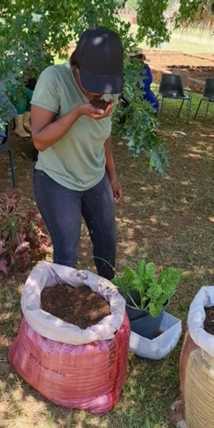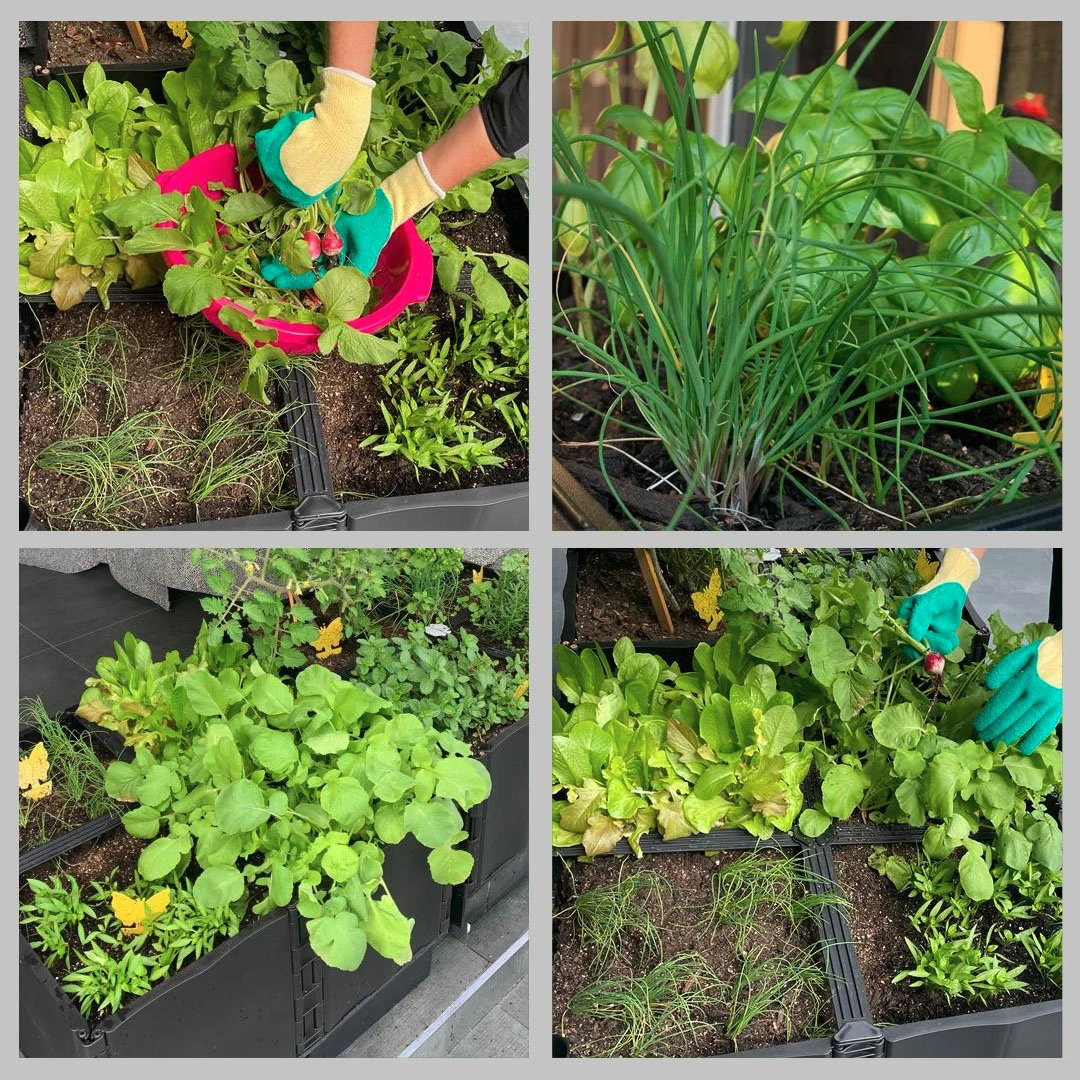Is The WickBox™ Self-Watering Grower Box A Hydroponic System Or Not?
The WickBox™ is a self-watering system. Many hydroponic systems are also self-watering. We at SFG Tec are often asked if the WickBox™ classifies as being a hydroponic system or not. The short answer to this question is… it depends on whether the growing medium used is inert (nutrient free) or nutrient-rich. Allow us to explain things in more detail.
Hydroponics defined
“Hydroponics is a type of horticulture and a subset of hydroculture which involves growing plants, usually crops or medicinal plants, without soil, by using water-based mineral nutrient solutions in aqueous solvents. Terrestrial or aquatic plants may grow with their roots exposed to the nutritious liquid or in addition, the roots may be mechanically supported by an inert medium such as perlite, gravel or other substrates” (Wikipedia search result for “hydroponics”).
Let’s start by focusing on the words “inert medium” that are used in the definition provided. Inert in this context means “without nutrients” and “chemically inactive”. An inert growing medium is generally used to help anchor and support the plants, and to help retain moisture in the growing medium.
The various options with which nutrients can be provided to plants using a SFG planter box include:
- The nutrients are be provided by using a nutrient-rich growing medium (such as compost), without additional nutrients being added to the water in the reservoir, or
- The nutrients are be provided solely by nutrients dissolved into the water contained in the reservoir (i.e. an inert growing medium MUST be used for this option), or
- The nutrients are be provided by a combination of the growing medium as well as nutrients dissolved in the water contained in the reservoir.
Let’s now consider the words “without soil” that are also included in the definition of a hydroponic system. Compost is not soil, however soil often consists of some compost (organic matter). All three options listed above pass the criterion of the growing medium being “without soil”, however it is only option b) that passes the criterion of the growing medium being “inert”.
Now have answered the question about hydroponics, a few other questions may arise, such as:
- Was the WickBox™ designed for use with an inert or nutrient-rich growing medium and why?, and…
- Some hydroponic systems use aeration devices to provide additional oxygen to the water. Can the water in the WickBox™ reservoir be aerated?
WickBox™ Design – Inert Or Nutrient Rich Growing Medium
The WickBox™ was designed to meet the following objectives:
- The WickBox™ should be able to make use of an affordable nutrient source that anyone should be able to make on their their own, and
- The WickBox™ should be able to grow a wide range of crops, all the way from short crops to large crops such as pumpkins and even fruit trees.
Compost is an affordable nutrient source. Pretty much anyone and everyone can make compost virtually for free. We throw out so many compostible materials on a daily basis which end up at the waste-dump, which could be used beneficially if composted. Water soluble nutrients, on the other hand, are often not only more expensive to make or buy, they are often more complicated to work with compared to compost. The right type of water-based nutrient must be chosen for given crops and/or growing stages of a crop, and the correct concentrations of the nutrients must be added to the water. If the concentrations are too low or too high, sub-optimal yields and even death of the plants may occur.
To accommodate a wide range of crop options, the WickBox™ has a deep growing depth of 30cm, with the length and breadth being close to 70cm x 70cm. This volume, when filled with compost, creates a growing environment suitable for a wide range of crops and even fruit trees. It would be possible to use an inert growing medium in a SFG Box, however, inert growing mediums are often expensive. It would probably be a very expensive option to use a combination of inert growing material and water-soluble nutrients in a SFG Box. The simplest, most cost effective option would be to use compost with water in the SFG Box reservoir. Nutrients may be added to the water at the discretion of the grower.
Aeration Of The Water In The WickBox™ Reservoir
Aeration of the water in a WickBox™ reservoir is indeed possible. The user can easily insert the oxygen tube into the water filler pipe until the tube makes contact with the water. The user will, of course, require an air pump to drive the aeration process.
Final Thoughts
The definition of a hydroponic system is precise in that the growing medium used must be “inert” and “without soil”. Only if a WickBox™ is used with an inert growing medium and water-soluble nutrients applied to the water in the WickBox™ reservoir will the system meet the criteria incluced in the definition of a hydroponic system. In the end, the self-watering process delivers the water to the root zone, irrespective of whether the user used an inert or nutrient-rich growing medium. So what it really boils down to is context.
The designers of the WickBox™ firmly believe in the merits of people making their own compost. Growing crops in home-made compost not only helps lower one’s GreenHouse Gas (GHG) footprint, but it will generally be a more cost-effective method of providing the plant with nutrients than other nutrient sources. Growing in compost simplifies the growing process. It is essentially a “plug and play” situation, or rather a “plant then harvest” situation, instead of worrying about correct nutrient formulations and concentrations. You may differ in opinion, and we look forward to hearing your thoughts on the matter.

This photograph features an intern smelling home-made compost. The intern assisted the Department of Agriculture, Mpumalanga, to investigate various compost-making techniques. The lessons learnt were then shared with local community members who were encouraged and assisted to make their own home-made compost. The compost was then used to grow their own vegetables in WickBoxes, or home-made grower boxes which replicate the self-watering mechanism of the WickBox™.



